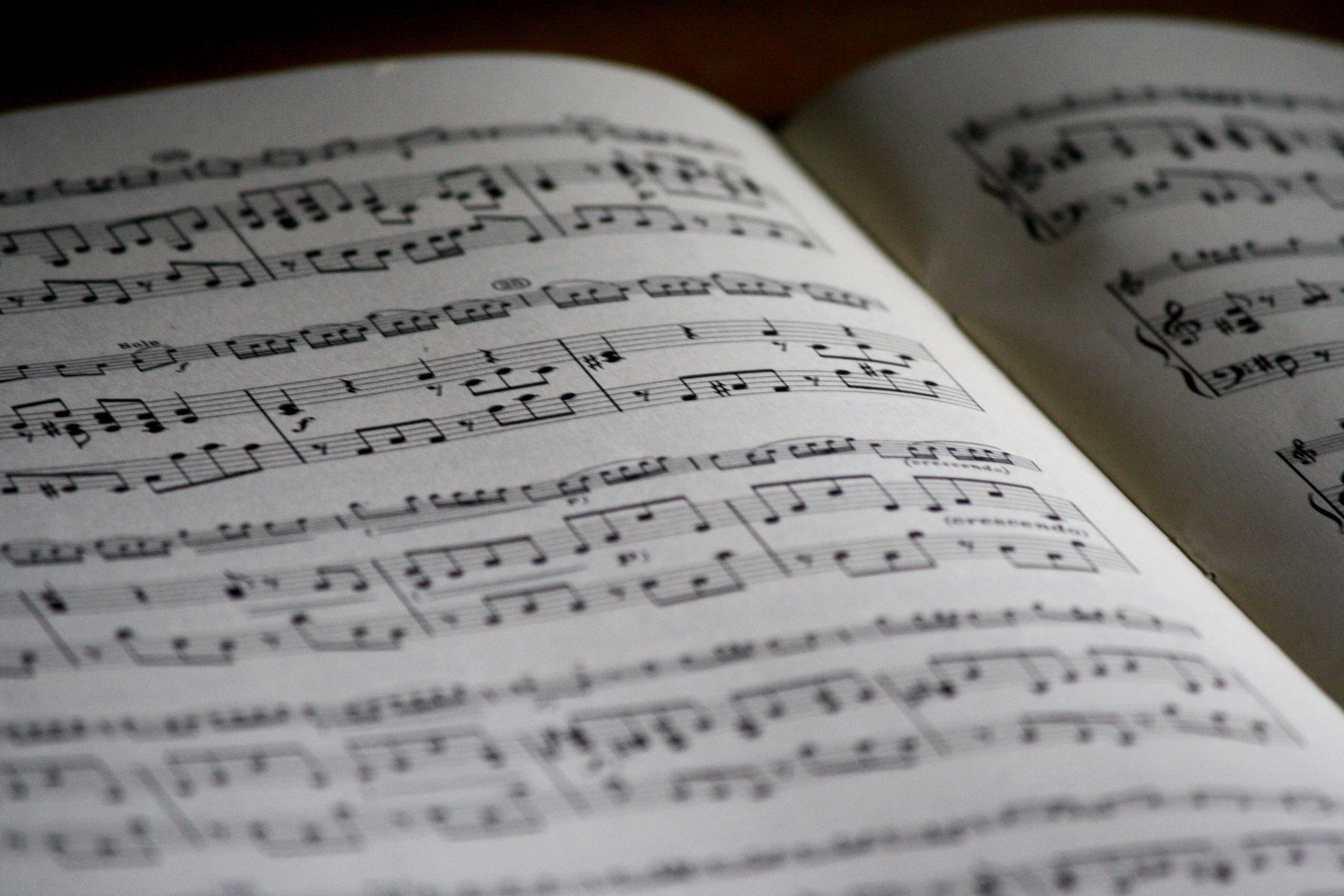How Mozart can soothe epileptic brains

It is said that music can appease the beasts, and every parent in the world has heard of the –unproven– Mozart effect for producing smarter babies, however, what not everyone knows is that one of his compositions, the Sonata for Two Pianos in D Major, K. 448, can actually decrease the epileptic activity in the brain. And completely unknown until now was how this happened.
A new study 1 has clarified this point and furthermore, proposes the basis to replicate the effects of this musical piece with novel compositions.
The researchers played this piece by Mozart to 16 patients with refractive epilepsy, that which does not respond to anti seizure medication, and recorded their brain activity while listening to see if the electric discharge pattern associated with seizures was affected by the music, and if so when, to look for possible correlations.
Interestingly, 30 seconds of listening were enough to reduce these epileptic discharges, especially in the bilateral frontal cortices, areas related to top control of emotional responses. Based on this result, the researchers tried to discern if the effect was due to an emotional response, so they played the favourite song of each participant back to them. However, listening to their favourite piece did not quieten their brains as Mozart did, so the effect cannot respond to an emotional response.
Back to the bench, the researchers analysed the structure of Mozart’s piece and found that it is structured in different phases with different melodic characteristics and that it was during the transition between these phases that the biggest soothing effect took place. To test this hypothesis, the participants listened to another classical piece by Wagner which, in contrast to Mozart’s K. 449, has smooth and gradual transitions.
Since the participant’s brains did not experience reduction in epileptic discharges when listening to either their favourite music or Wagner’s melody, the researchers conclude that it is the emotional response to the transitions that helps epileptic brains relax.
Although the exact mechanism by which Mozart alters the electrical activity in the brains of patients with epilepsy remains unknown. Knowing which exactly is the characteristic that makes this music soothing can allow developing specific playlists for epilepsy, similarly to the playlists aimed at getting babies to sleep, that will help patients who do not respond to drug therapy calm their hyperactive brains.
References
- Quon, R.J., Casey, M.A., Camp, E.J. et al. (2021) Musical components important for the Mozart K448 effect in epilepsy. Sci Rep 11, 16490 (2021). doi: 10.1038/s41598-021-95922-7 ↩